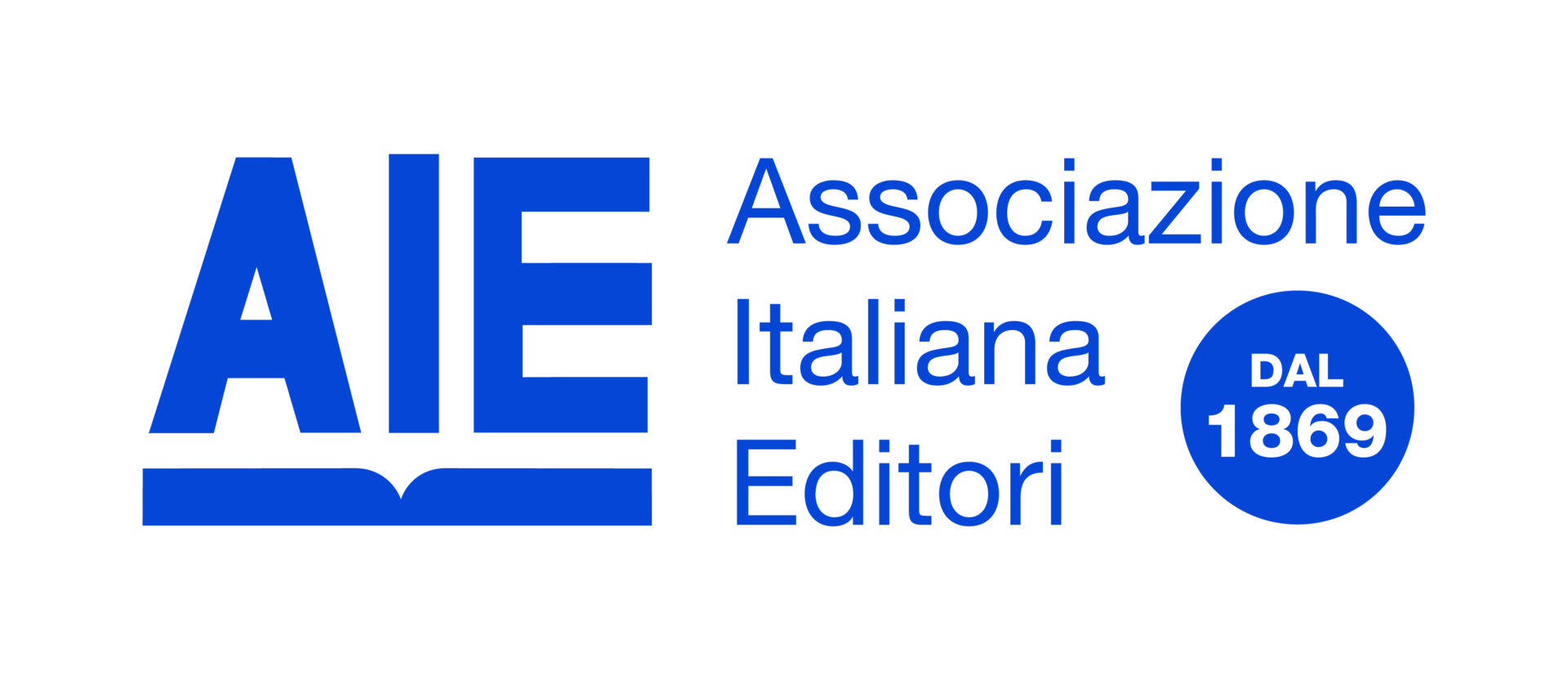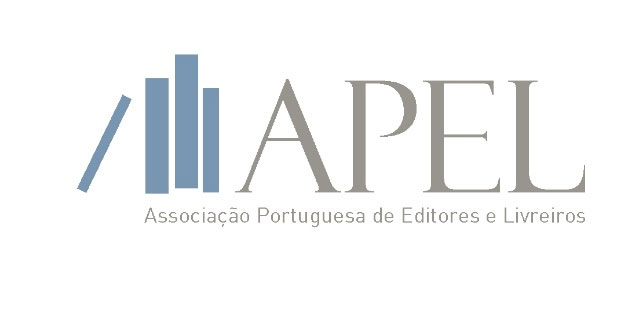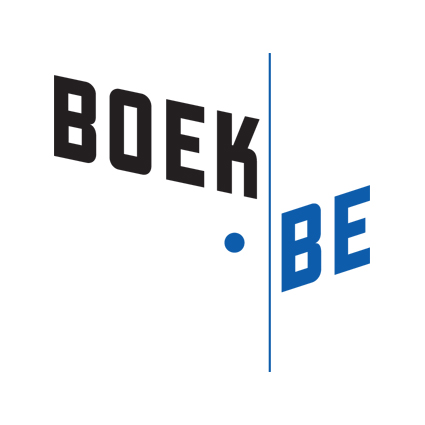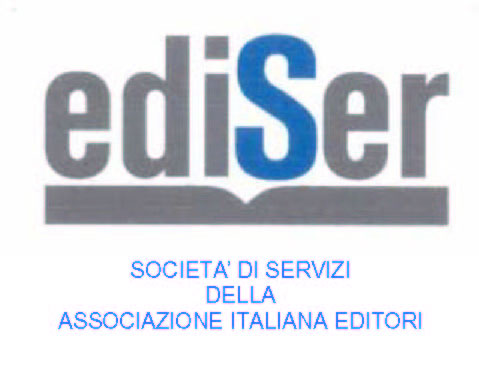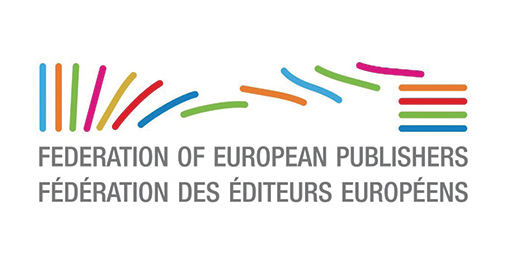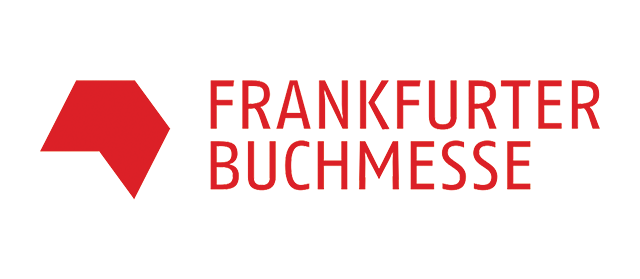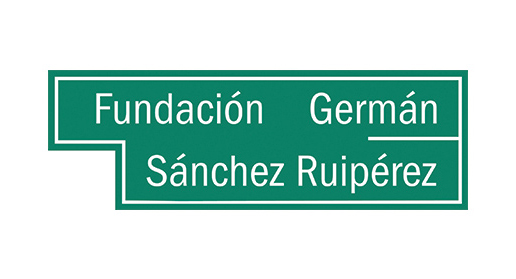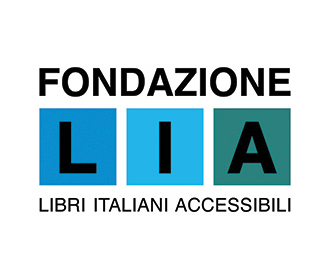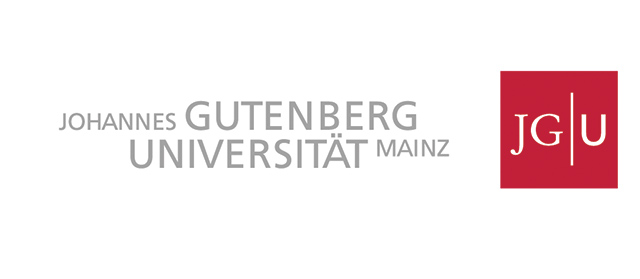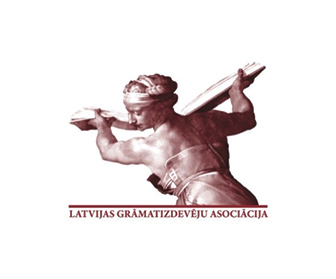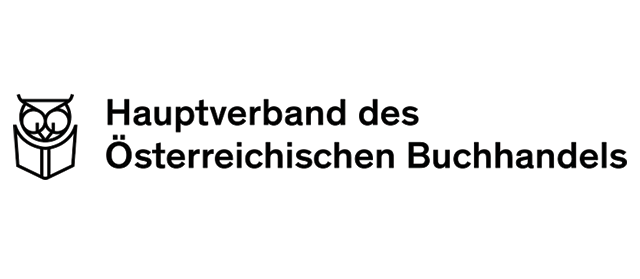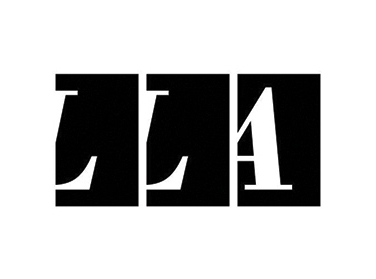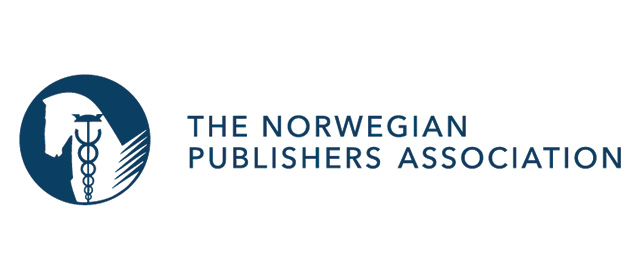In October 1994, five years after inventing the World Wide Web, Tim Berners-Lee founded the World Wide Web Consortium (W3C) at the Massachusetts Institute of Technology. Indeed, the technological evolution of the Web had been so rapid that it immediately required the creation of a consortium to coordinate its standards.
Over these nearly three decades, it is under the leadership of Tim Berners-Lee that the W3C structure and its more than 500 members have moved forward, with support from MIT (USA), Keio University (Japan), European Consortium for Research in Computer Science and Mathematics, based in France, and – since 2013 – Beihang University (China).
Now the World Wide Web Consortium becomes a new legal entity. A public-interest non-profit organization on whose board Berners-Lee retains a permanent seat, without direct involvement on operational management.
Even with the change in legal form, however, the mission of the World Wide Web Consortium continues to be to “raise the Web to its full potential,” creating technical standards and guidelines to ensure that it remains open, accessible, and interoperable for all and all around the world. After all, HTML and CSS are the fundamental infrastructures upon which the digital architecture of the Internet has developed, and the W3C works to ensure that all web technologies meet increasing standards in terms of accessibility, internationalization, security and privacy protection. The W3C does this work and will continue to do it openly and freely.
Nothing will change in the proven standards development process. “W3C processes,” the consortium’s press release says, “are based on consensus and promote progress. Our work on standards will still be managed transparently, in accordance with the W3C Process Document (the document that describes W3C’s organizational structure and defines the responsibilities and functions that enable it to fulfil its mission) and the Royalty-Free Licensing Policy. Decisions will continue to be made by majority vote: the technical leadership will continue to poll W3C members, large and small. The Advisory Board will continue to guide the Process Document development process taking into account community input. The Technical Architecture Group will continue to be the highest authority for all technical aspects.”
“As LIA Foundation we fully support the W3C and its efforts to create a more open, interoperable and accessible digital environment,” commented Cristina Mussinelli, who among the consortium members sits as co-chair of the Publishing Business Group. “The new version of the EPUB accessibility specifications is an important step toward the implementation of the European Accessibility Act. It is imperative that diverse voices, from different parts of the world, are represented in this process, and LIA Foundation is a demonstration that organizations of all sizes can contribute to the cause. Accessibility is a major and rapidly growing issue, so we will continue to play an active role in the W3C to make the digital world more accessible to everyone.”
The new organization (while retaining its member-driven, needs-driven approach and the consortium’s own global reach) will enable the search for new partners around the world. The new organization will be more responsive to changes and will always ensure transparent and proper management of financial resources.
These are the newly elected Board members of the new entity:
David Singer, Apple Inc.
Robin Berjon, The New York Times
Gonzalo Camarillo, ERICSSON
Dominique Hazaël-Massieux, W3C
Chunming Hu Beihang University
Koichi Moriyama, NTT DOCOMO INC.
Jun Murai, Keio University
Mark Nottingham, Cloudflare
Eric Siow, Intel Corporation
Léonie Watson, TetraLogical Services Ltd
Hongru (Judy) Zhu, Alibaba Group
This article was originally published in the digital edition of the Giornale della libreria.
 By
By 



